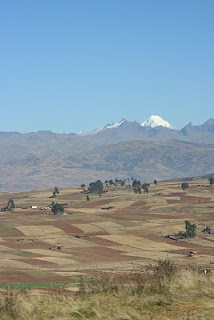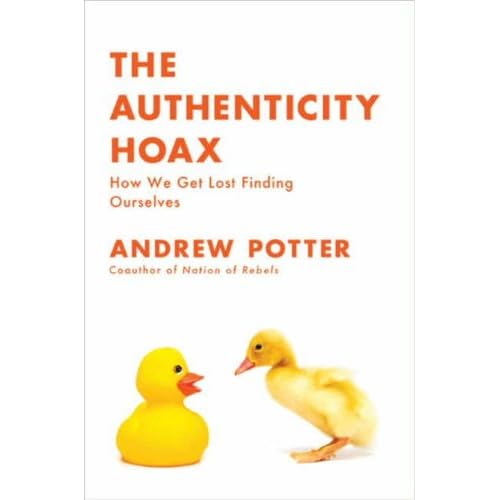I am doing a delayed blog of my Peru trip because I didn't want would-be burglars to get any ideas. But for those who missed that
explanation, it was a shock to see me roaming the weather center or showing up for the weekly club game.
"I know how it ends," remarked K., "it ends with you guys returning home safe."
Ah, yes ... but that happy ending was *this* close to not happening. We returned from Machu Picchu and got on a train as expected, but the van that picked us up at the temporary railway station to take us to Cuzco ran into troubles.
A group of disgruntled Peruvians had called a strike for Thursday and they decided to start flexing their muscle on Wednesday night. They threw tires on the road to Cuzco and started to burn them.
The Peru Rail van drivers got amongst themselves, formed a caravan and took to logging roads to get around the mobs burning up the streets. When we came from Cuzco, we
drove on the railway track. I'm sure you can imagine the condition of roads that were discarded in favor of driving on a railway track.
These logging roads were in the mountains, and wide enough for only car. Once, when a big old truck came barreling down the road in the other direction, it took 20 minutes of careful maneuvering to safely cross over. Not completely safe -- it did involve losing the paint job on the van that we were in.
The paint on the side of the van wasn't the worst of it. The roads were full of rocks that'd slid down the mountain sides and if the gravel was too loose, we had get off the van (to lighten its load) so that the driver could get it across. At one point, we had to push the van and while we were pushing it, there was another rock slide! We all scampered and luckily, the rock slide missed us by a dozen feet.
On the positive side, if you are on a remote mountainside in Peru, the sky is full of stars. And the Milky Way earns its name.
Anyhow, we got back to Cuzco at around 2.30 am and caught barely a wink before we had to get back to the airport to get to Lima.
The van driver hushed us and bade us hurry to the van that was parked a block away. We rushed to the van and he quickly took us to a street with heavy military patrols. The army looked like it meant business -- there was going to be no one burning tires on the streets of Cuzco. The army guys looked inside our van before they let into the airport, so we knew the airport was going to be safe.
Since we got up at 4am to climb Wayna Piccu, and then did a bunch of hiking, and had that thrilling ride back to Cuzco, it was an adrenaline-filled 30 hours till we got to the airport in Cuzco.
Ten hours later, though, we were in the good ol' USA. Who knew you could be
that happy to be in Houston?
 This automatically generated recommendation by Facebook is deliciously apt. One of the "activities" listed on my Facebook page is Contract bridge, so Facebook thinks I would also like Grandchildren.
This automatically generated recommendation by Facebook is deliciously apt. One of the "activities" listed on my Facebook page is Contract bridge, so Facebook thinks I would also like Grandchildren. 






































